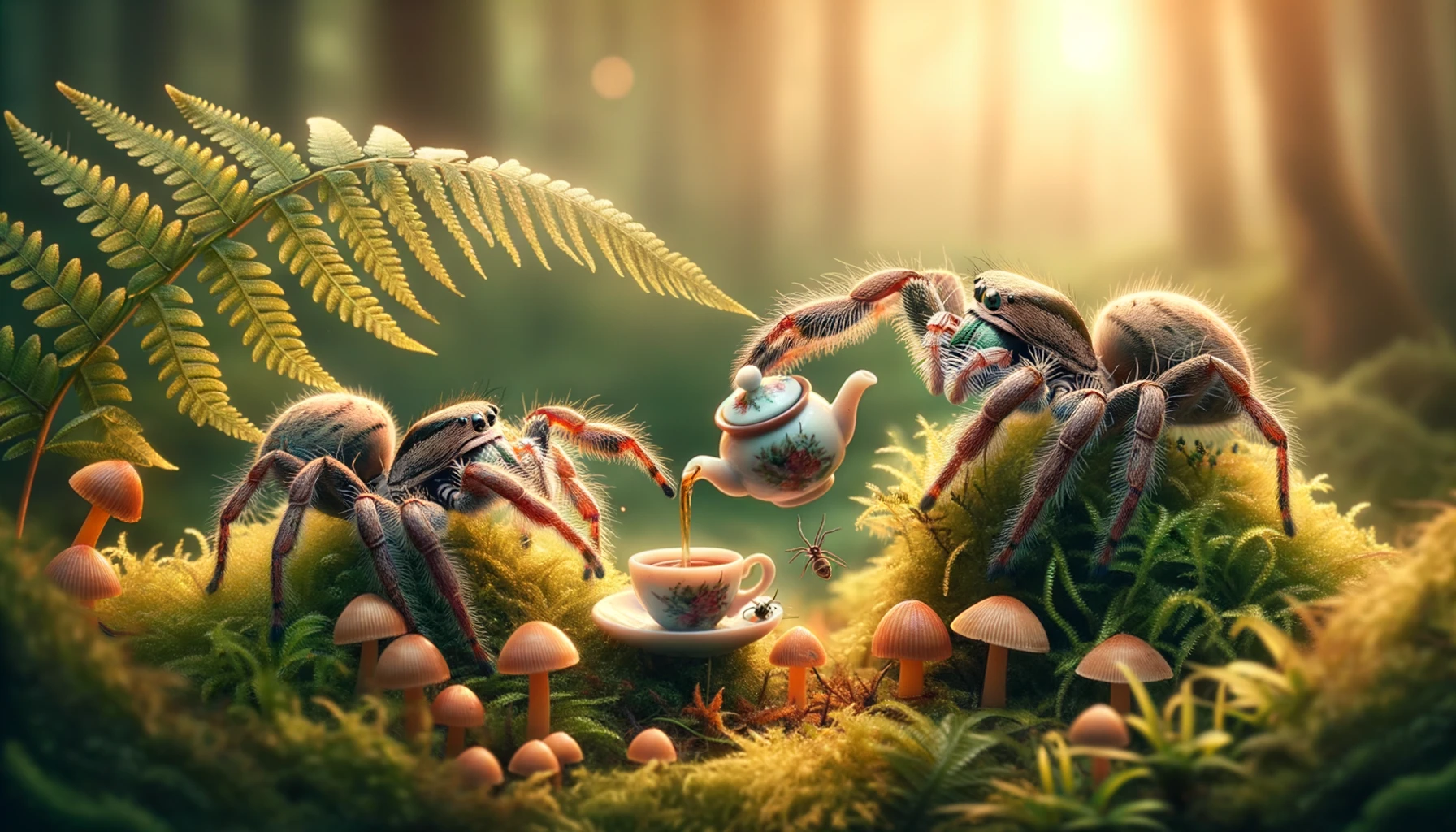Spiders, often associated with myths, fears, and age-old legends, are undoubtedly among the most enigmatic creatures in the animal kingdom. Their distinctive appearance and unique behaviors have made them subjects of intrigue for centuries. In this article, we’ll unravel some lesser-known secrets about these eight-legged wonders.
1. The Silk Alchemist
- Liquid Gold: Contrary to popular belief, spider silk starts as a liquid. Within the spider’s silk glands, proteins are dissolved in a watery solution. When the spider pulls this liquid out through its spinnerets, it solidifies into silk.
- Super Strength: On a per-weight basis, spider silk is stronger than steel! This strength combined with elasticity makes it a material of interest for many scientific applications, from medical sutures to bulletproof clothing.
2. Eyes Everywhere
- Multiple Lenses: While humans rely on a pair of eyes, most spiders have eight. The number and arrangement of their eyes can help identify different spider species.
- Varied Vision: Not all spider eyes function the same way. In some species, the primary pair of eyes is adapted for sharp vision, while the others detect light changes or movement.
3. Vibrations Tell Tales
- Sensory Experts: Spiders use the vibrations in their webs to gather information about their surroundings. A twitch in a thread can signal a trapped insect or even the approach of a potential mate.
- Tuned Threads: Each strand in a spider’s web has a specific tension. This allows the spider to identify the type of prey, its location, and even its potential size based on the vibration patterns.
4. Master Mimics
- Deceptive Looks: Some spiders have evolved to resemble other animals or objects. For instance, bird dropping spiders mimic bird poop to avoid being eaten by predators.
- Copycat Behavior: The bolas spider emits chemicals that mimic the pheromones of certain moths. Attracted male moths are then captured by the spider using a sticky ‘bolas’ or ball.
5. Not All Weave Webs
- Diverse Dwellings: While many spiders are renowned web-builders, not all species create webs. Some, like the wolf spiders, are active hunters that chase down their prey.
- Temporary Homes: Trapdoor spiders build burrows with camouflaged lids. They wait for prey while hiding inside, sensing vibrations to know when to emerge and attack.
6. Venomous but Mostly Harmless
- Bite Misconceptions: While most spiders possess venom, few are dangerous to humans. Often, spider bites are mistaken for other insect bites or skin conditions.
- Medical Potential: Spider venoms contain a cocktail of molecules, some of which have potential applications in medicine, from pain management to neurodegenerative diseases.
Concluding Thoughts
Spiders, despite their often misunderstood nature, are fascinating creatures with intricate behaviors and adaptations. They play crucial roles in ecosystems as predators and serve as sources of inspiration for scientific and technological advancements. By uncovering the secrets of spiders, we not only learn more about their world but also foster a greater appreciation for the complexity and wonder of nature.















